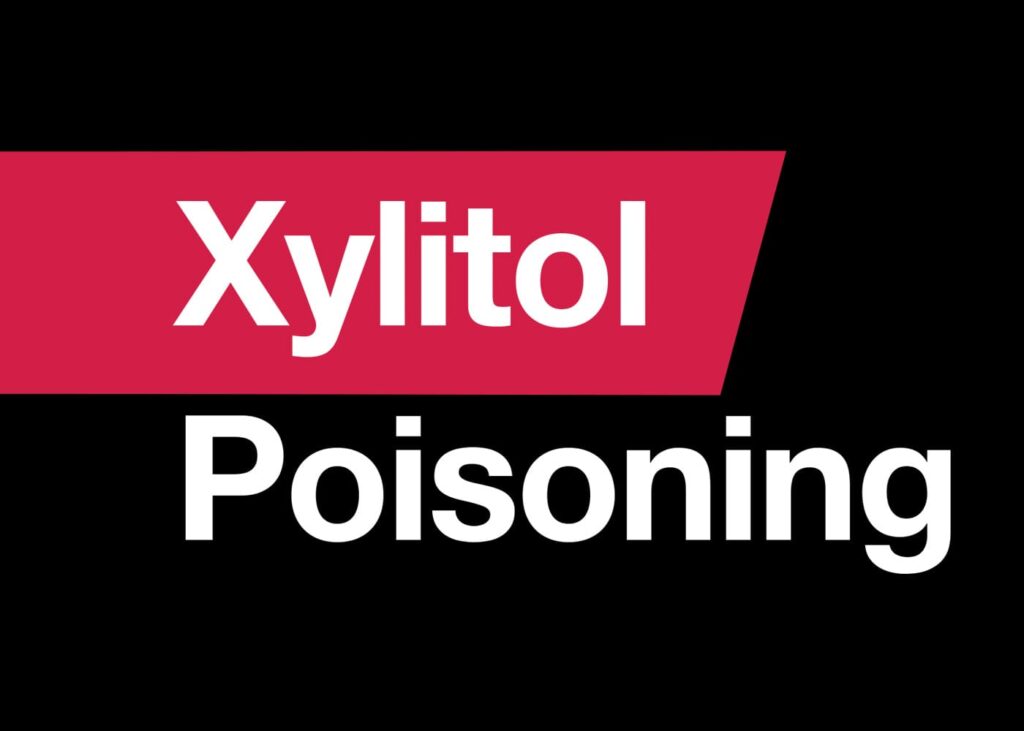We love our furry companions, often considering them an integral part of the family. It’s only natural for us to want the best for them, from healthy food to occasional treats. However, there’s a silent threat that many dog owners may not be aware of: xylitol. This sugar substitute, found in numerous sugar-free products, can be extremely dangerous for dogs, and understanding its risks is crucial to keeping our four-legged friends safe.
What is Xylitol?
Xylitol is a sugar alcohol commonly used as a sugar substitute in various products such as sugar-free gum, candies, baked goods, and even some peanut butter brands. For humans, it’s considered a safe and beneficial alternative to sugar, as it has fewer calories and doesn’t cause the same spike in blood sugar levels. However, for dogs, xylitol can be a silent killer.
The Dangers of Xylitol for Dogs
When dogs ingest xylitol, it triggers a rapid release of insulin from the pancreas, causing a severe drop in blood sugar levels, known as hypoglycemia. This can happen within 30 minutes to an hour after ingestion. Symptoms of xylitol poisoning in dogs include vomiting, loss of coordination, seizures, and in severe cases, coma. Left untreated, xylitol poisoning can be fatal.
Parkland resident Renee Porter’s dog Ace grabbed a package of Mentos gum that was on the car dashboard. She told me, “Ace swallowed a large quantity, and it only took a couple of hours for his liver to start failing. Luckily, I knew the danger of Xylitol and knew that getting immediate treatment was his key to survival. Ace is fully recovered due the vet inducing vomiting until his stomach was empty and prescribing a liver recovery medication.”
The effects of xylitol are not dose-dependent, meaning that even a small amount of this sugar substitute can be toxic to dogs. It’s essential to be vigilant about products containing xylitol and keep them out of your dog’s reach.
Common Sources of Xylitol
Xylitol can be found in many household items, some of which might surprise dog owners. Here are some common sources of xylitol:
• Sugar-Free Gum and Candies: These products often contain high levels of xylitol. Dogs can quickly grab a piece of gum or a candy left unattended, putting them at risk.
• Some sugar-free cookies, muffins, and other baked goods can contain xylitol. Be cautious when sharing human treats with your dog.
• Peanut Butter: While many peanut butter brands are safe for dogs, some sugar-free varieties contain xylitol. Always check the label.
• Toothpaste and Mouthwash: Dental hygiene products designed for humans can be hazardous if ingested by dogs. Make sure to store them securely.
• Certain Medications: Some liquid medications, especially those used for children, might contain xylitol as a sweetener. Check with your vet to ensure any prescribed medications are safe for your dog.
Here are some steps you can take to protect your furry friend:
• Read Labels: Carefully read product labels, especially on sugar-free and diet products. Look out for xylitol in the ingredients list.
• Keep Products Secure: Store xylitol-containing items out of your dog’s reach. Dogs are known for their curiosity, and they may explore areas they shouldn’t.
• Educate Family and Friends: Inform everyone in your household about the dangers of xylitol and the importance of keeping it away from your dog.
If you suspect or know that your dog has ingested xylitol, don’t wait. Contact your veterinarian or an emergency pet clinic immediately. The faster your dog receives treatment, the better their chances of recovery.
Xylitol is a hidden danger that every dog owner should be aware of. While it’s safe for human consumption, it’s a lethal threat to our canine companions. Vigilance, education, and responsible pet care are the keys to keeping our dogs safe from xylitol poisoning. By understanding the risks and taking proactive steps, we can ensure that our beloved pets continue to be a part of our lives for years to come.


